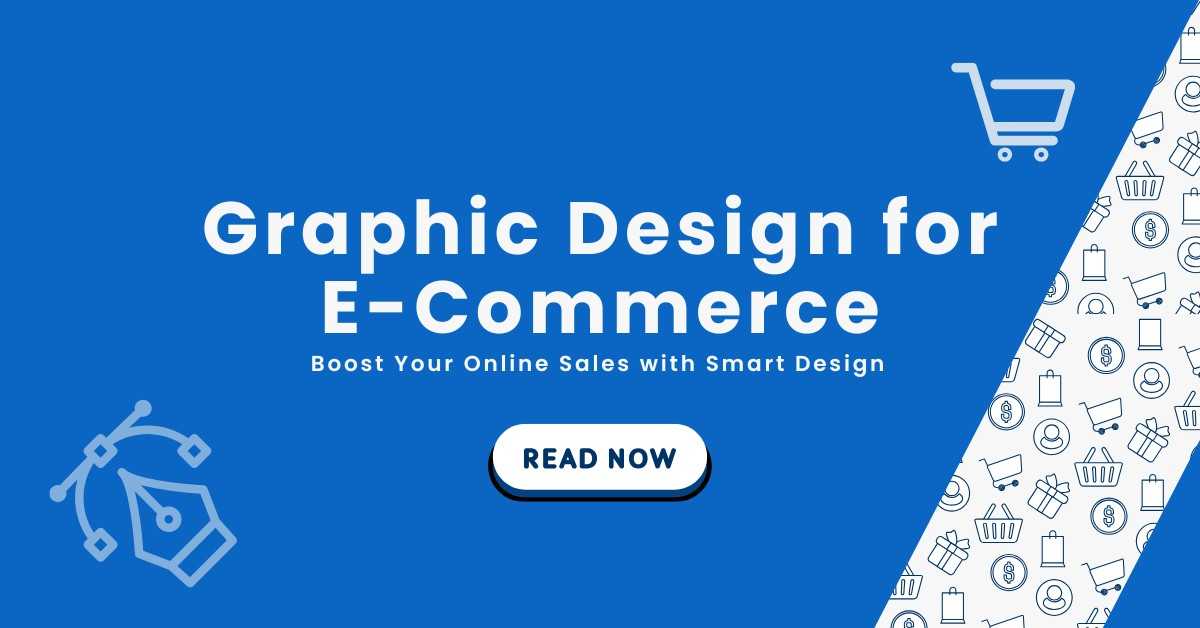


Optimize your e-commerce website with expert graphic design tips. Learn best practices for user-centered design, and responsive layouts.
Have you ever had the experience of visiting a website that is beautifully designed and stops you from scrolling and forces you to click “Add to Cart” to go to the cart and complete the purchase in a matter of minutes? That is the importance of quality graphic design in eCommerce. More than the colors and fonts shown on the website, it is about providing an enjoyable, reliable, and intuitive shopping experience.
An attractive eCommerce website that is well designed can result in better conversions and increased trust among customers and, ultimately, higher revenues. How do you get started? When you adopt the most effective methods of graphic design and work with a skilled graphic design company, you will turn your store into a highly efficient sales engine.
This article explains how graphic design is important in eCommerce, practical design guidelines, the most common mistakes to avoid, as well as how to choose the ideal company to help you bring your design ideas to reality.
Did you realize that images can be the difference between success and failure for your online company? It only takes fifty milliseconds (0.05 seconds) for customers to make a decision about your site. Your first impression on your visitor builds trust. However, a cluttered or poorly designed design can turn visitors away before they even see your offerings.
If you understand how important design is and why it matters, here are some of the most effective ways to incorporate it in your web-based store design. The tips listed here are practical and proven to improve the efficiency of your store.
Your customers should be your primary focus in the designing process. Consider their needs, preferences, habits, and priorities when designing the layout, navigation, as well as functionality.
Good quality images can mean the difference between an “add to cart” and someone avoiding browsing. Consider investing in professional product photography as well as eye-catching graphics.
Why is responsive design important? The majority of internet-based shopping is done via smartphones. If your website design is not able to accommodate, you risk losing a large portion of your customers.
CTAs direct your visitors to their desired outcome, such as adding a product to the cart, registering to join the email list, or making a purchase.
The checkout page on your website is where a lot of sales are made or not made. A simple, clear, and easy-to-use design can significantly reduce your cart abandonment rate.
Graphic design doesn’t just involve aesthetics. It’s also an effective tool for getting customers to buy and building loyalty. By implementing these top practices in your store (or by using a skilled graphic design company), you will significantly improve your site’s performance.
Are you ready to improve your e-commerce design? Call a trusted graphic design company today and experience the difference a great design can make!
